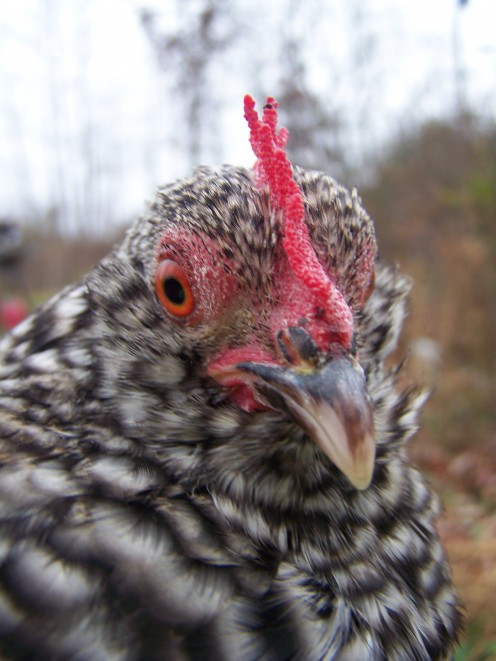Landscape Your Birdcage or Aviary

Landscaping your in-house bird cage or outdoor aviary is a real treat for your birds. Not only will you be providing them with a healthy habitat, you will have an attractive addition to your home or landscape.
Always use non-toxic plants and soil when gardening around your beloved animals.
My upcoming E-book will go into depth on how to landscape your aviaries attractively while still providing everything your pets need to thrive.
© Copyright Notice ©
My photographs are mine, taken by me, with my camera. You may use them for personal reasons (desktop backgrounds, personal websites or you can print them for personal use.)
If you choose to use them on websites I require a link back to my HubPages. You may link to my profile or to one of my Hubs.
You may not use them without my permission or for profit.
I sell my art and if you are interested in purchasing it send me a message.
ALL of my articles are MINE and you may NOT use them for anything but reading on my page.
Provide your birds with the largest cage or aviary you can afford. Many times, building a large cage will be MUCH cheaper than purchasing even a small ready-made one.
Aviary Plants List:
- Chia Plants
- Sweet Potato Vine
- Mint
- Garlic
- African Violets
- Bird's Nest Fern
- Wandering Jew
- Creeping Jenny
- Creeping Charlie
- Lemon Grass
- Oxalis (Wood Sorrel)
- Pine Trees
- Oak Trees
- Cypress Trees
- Duckweed
- Nutsedge
- Roses
- Privet Hedge
- Citrus Trees
There are many more plants you can use in your aviary. For a larger list, search the Internet and be amazed!
For a small aviary or cage, try using a bonsai tree as a focal point. Naturally, parrots are not good candidates for such plantings in small cages, but softbills will thrive in a small planted aviary. Always provide plenty of space for flying.
To landscape for parrots, provide them with a large aviary that has plenty of dead wood to chew on. Supply lots of perching and climbing limbs and rocks to keep them entertained.
Supply a watersource like a shallow pond. Add a waterfall with natural rocks so the water keeps circulating. Your birds will love to play in the splashing waterfall and bathe in shallow pools. Ensure they do not drown by filling the pond with stones and limbs so they can easily scramble out if they get too wet.
Ensure the soil you build your aviary on is clean. Do not use synthetic pesticides or herbicides in, or around your aviary.
Till the soil to loosen it and add red wigglers and rotting leaves. A healthy, landscaped aviary can have soil and bugs. The feces dropped by your birds will be eaten by the plants, red wigglers and other soil-dwellers. Keep rodents out by using small-holed aviary wire.
Allow any dropped seeds to sprout so your birds can have fresh sprouts!
Provide additional space by adding a trellis or two to the aviary. A simple trellis is easily assembled by tying strong twigs together with garden twine. Parrots will need a stronger trellis so use untreated two-by-twos and two-by-fours to build it. The parrots will of course shred it, over time.
Plant a non-toxic vine to ramble up the trellis. A climbing rose would be excellent for this. In the wintertime, the rose will produce Vitamin C rich hips for your birds to eat.
Birds need sun, ensure that they have a sunny spot in the aviary. They also require shade, provide plenty of bushy plants int he aviary for the birds to rest in.
Tip:
Keep predators and vermin from digging into the aviary by pouring a concrete trench around the base of the aviary. Have the concrete go down at least a foot, more if possible. You can save money by burying your fencing down one to three feet into the soil instead.
Keep your outdoor birds free from parasites by using a natural dewormer and providing them with their own ash pit for dusting.









